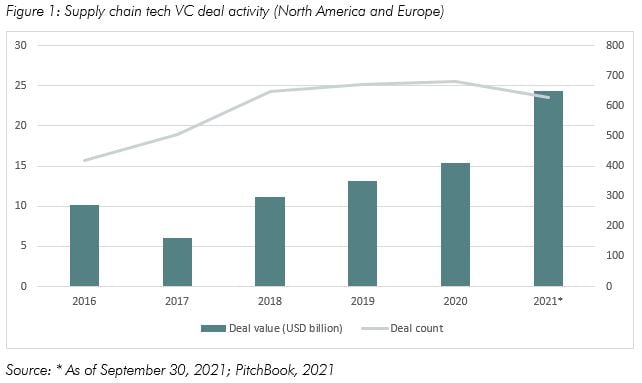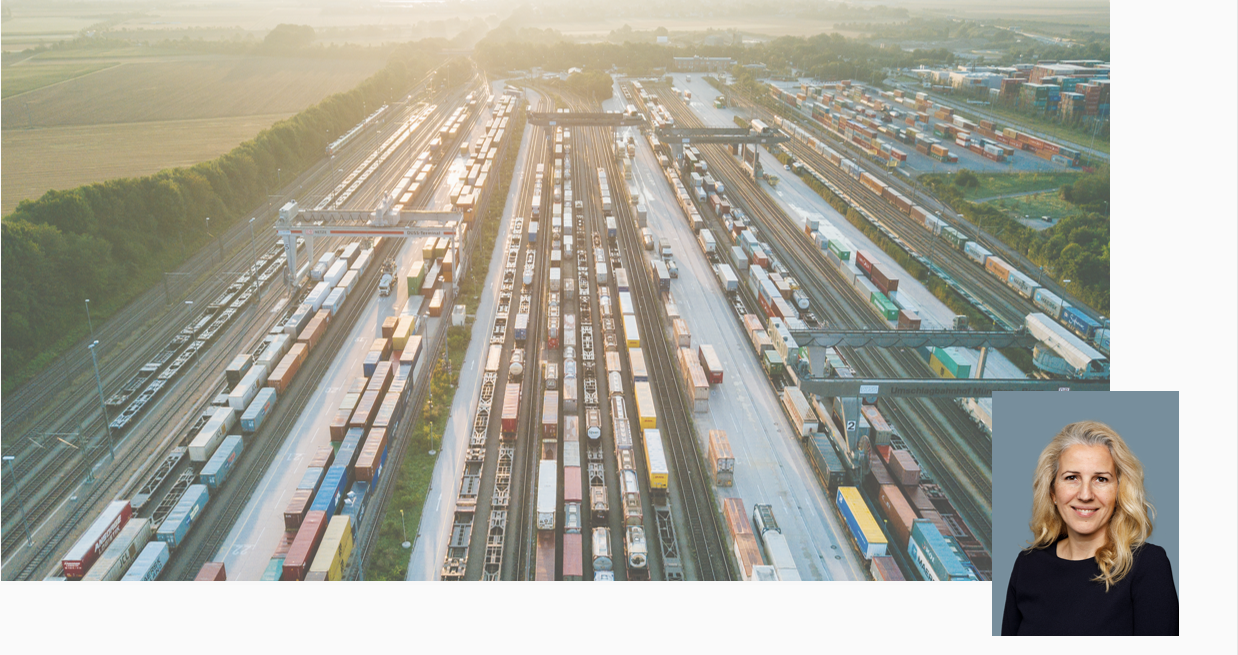Scott Galloway, professor of marketing at the New York University Stern School of Business, recently argued that innovation in the last mile logistics has likely created more shareholder value in the past two decades than any innovation in any era. You might wonder why? Because last-mile innovations help each and every one of us make the most of our time.
How to define last-mile?
Last-mile logistics, also sometimes referred to as ‘last touch’ or ‘last leg’ logistics, is a process and not strictly a real estate term. It is the delivery of goods to consumers, or ‘chimney pots’ as they are known in the industry. Retailers and/or third-party logistics companies (3PLs) will promise to deliver goods within a certain time frame and require a suitably located/specified building to facilitate this process[1]. To achieve this, the logistics industry has gone a long way in changing its business models and embracing technology to automate processes, drive efficiencies and improve the customer experience. Venture Capital (VC) is recognising the opportunity, with big money pumping up valuations of digital-focused ventures across freight, delivery and warehousing. There is a backflip, though, as this translates into increased risk for investors in case some of the companies attracting a lot of capital fail to deliver on their expectations.

Supply Chain tech is maturing
VC investors funnelled some USD 24.3bn into supply chain technology start-ups in North America and Europe in the first nine months of 2021 through 628 deals (PitchBook). Q3 2021 was thus a third straight quarter with over USD 7bn of VC investments. The segment’s growth is increasingly happening on the back of strong late-stage activity. Still, a lot of capital has flown to earlier-stage categories like drone logistics, augmented reality tech for warehousing and ultrafast delivery. Consequently, an influx of capital relative to the number of start-ups is very much driving the rapid rise in valuations.

According to industry experts, the next big wave of VC funding could be headed to the middle mile. Although there is still slight fuzziness around the very definition of middle mile, Pitchbook pairs it closely with ‘final mile aggregation’. This basically means start-ups that help retailers stick multiple players together – the leg between a package leaving a warehouse and being placed in the vehicle that drives it to a customer’s home.
Looking ahead
This impressive traction brings us to the question: what is driving growth in supply chain tech, and where will innovation be happening going forward?
-
Our expectations as consumer are growing, as well as our understanding of what ‘free and fast’ delivery means. As last-mile delivery represents a large portion of overall logistics costs, businesses will be focused on improving their margins.
-
Companies will increasingly look into 3PLs to turn fixed expenditures into variable costs. The growth of ‘Supply Chain as a Service’ (SCaaS) will give businesses the muscles to scale in an affordable way.
-
The ESG agenda, regional and national legislation and pressure from consumers will pave the way for companies to invest in supply chain visibility. Blockchain technology is predicted to allow for changes in dynamics within this space.
The VC inflows will allow start-ups to gain some muscles and expand. The number of corporate investments into start-ups is also poised for growth, with M&A activity being particularly in focus.

